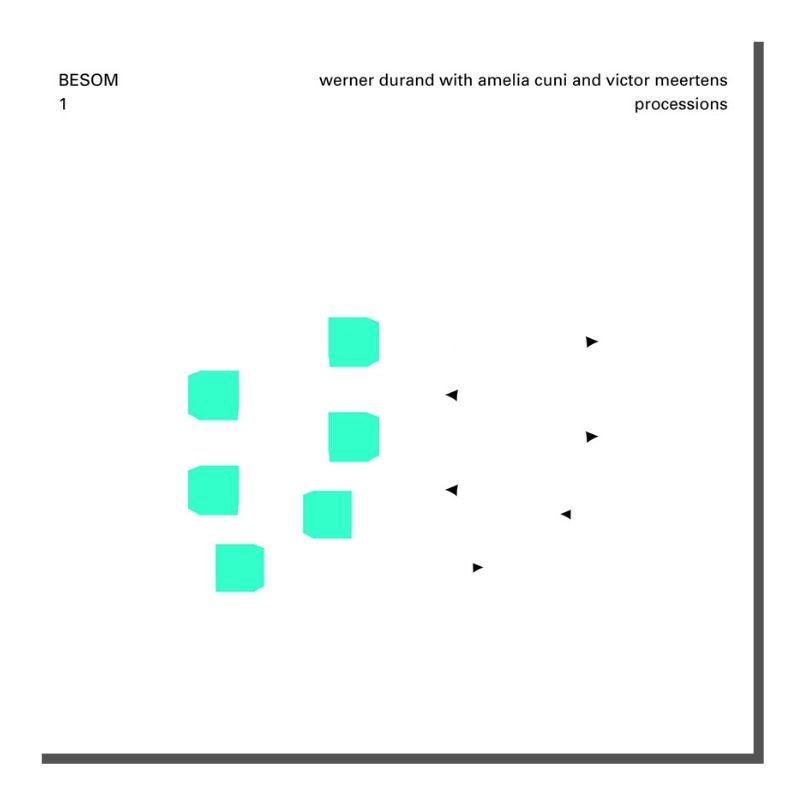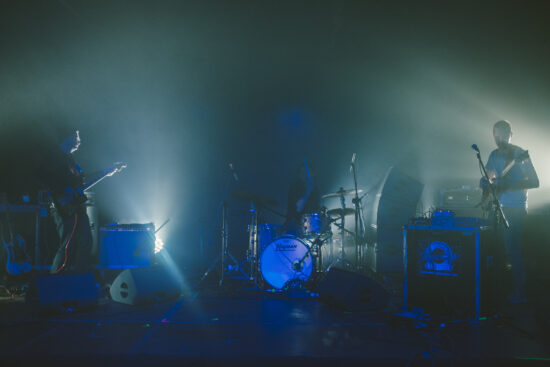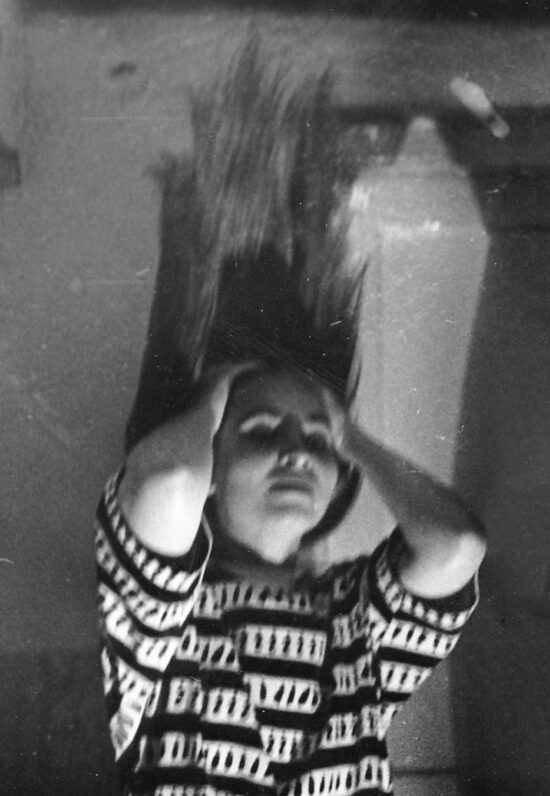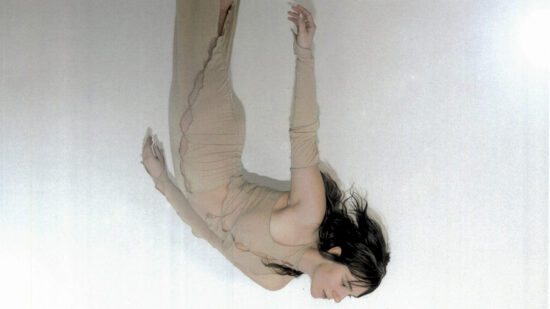Processions is a contemplative journey through folk music, a lesson in deep and close listening. Because you do have to listen closely to it, capture the sounds, their details, try to discern all the hidden layers. This is escapist music, you have to let it play out, catch your ear in a trance.
Translation: Aleksandra Szkudłapska
From the moment I first heard about this record, some time had to pass before I finally listened to Processions in full – a fact that may seem weird in the second decade of the 21st century. Although Besom Presse, a young label from LA, published Werner Durand’s album on Bandcamp – as the first one in their catalogue, the second being the phenomenal David Watson and Tony Buck duo – it only made two tracks freely available. In this case, it’s one half of the album, but I ultimately picked the physical release on double vinyl instead of the digital version. A worthy buy, not just because we’re talking about 70 minutes of music here. It reminded me of the time when you’d eagerly wait for a record to be released and then run to the shop to get it as soon as it finally hit the shelves. A time when you couldn’t first listen to music online before making up your mind.
On Processions, Durand – saxophonist, clarinettist and author of self-made wind instruments – is not alone.He is accompanied by his partner of many years, Amelia Cuni, and Victor Meertens. He’s worked with them before – he made a number of albums with Cuni, while the entire concept of the album is firmly rooted in his collaboration with Meertens, which dates back to the 1990s. I’ve not been able to keep abreast of everything Durand’s been doing – he releases a lot of music and, frankly speaking, it’s simply hard to keep up with him. Yet this album is truly unique and I’ve been engrossed in it (a more accurate term than just ‘listening to it’) for quite some time now.
Besom Presse seems to be focused on records that explore drones, particularly the never-ending ones that seem to go on forever. Without going too deep into the subject, Processions also follows this aesthetics, but merely as its point of departure. The trio, accompanied by several guests, builds a complex network of influences and instruments. Even the opening “Caressing the Air” is a dense drone, against which we hear Cuni’s dhrupad raga-inspired wail, accompanied by hammered guitar and the underlying layer of tenor saxophone. The piece brings to mind meditation, a musical mantra of sorts. Processions is a contemplative journey through folk music, a lesson in deep and close listening. Because you do have to listen closely to it, capture the sounds, their details, try to discern all the hidden layers. This is perfectly encapsulated in “Sandal”, the longest track on the record. Durand reaches for gongs and the tenor saxophone, which are accompanied by Meertens’s hammered guitars and North Indian sarod played by David Trasoff. A poignant and thoroughly absorbing composition.
While Processions sometimes feature delicate sketches of melodies, they are not the essence of the record.Durand weaves an amazing, multi-layered story, seemingly flickering under the surface of lengthy tones, in fact very complex in terms of its dramatic tension. Here is a complex image of interconnecting influences borrowed from various cultures of the world, which – rather than being treated as something exotic – merely serve as a tool to implement the underlying concept. In “Khus” and the title piece, we hear the mirliton (vibrating in the foreground, but also the drone it creates, which brilliantly overlap with each other) – there is both the original sound generated by the instrument, but also its less typical version. The album also features wind instruments made of PVC pipes or the Vietnamese bi – everything surrounded by a layer of sinusoidally floating sounds.The drones develop into a rich and multi-layered epic narrative, which builds tension and absorbs the listener.Owing to its almost three-dimensional, dense sound, it goes beyond simple drone music. Yet what strikes me as most important is that the immersion in traditional music from various corners of the globe sounds very coherent. Durand extends an invitation to deep listening: this is escapist music, you have to let it play out, catch your ear in a trance. While we don’t have rhythm here, like on another amazing record released this year, i.e. Joshua Abrams’s peculiar meditations, here we get a lot more trance, which is more than just a rhythmic loop. The texture of the sound and the tone of instruments is what counts, the meditative formula and complexity of the drone layer, which embodies a rich sonic spectrum. This is an amazing, fascinating record with an unlikely appeal – although the monotone sounds first seem to be leading us by the ear, resembling background music, the pieces quickly become more intense, engrossing and absorbing the space. These are true sonic processions, ritual musical meditations.
Werner Durand with Amelia Cuni and Victor Meertens, Processions, Besom Presse




